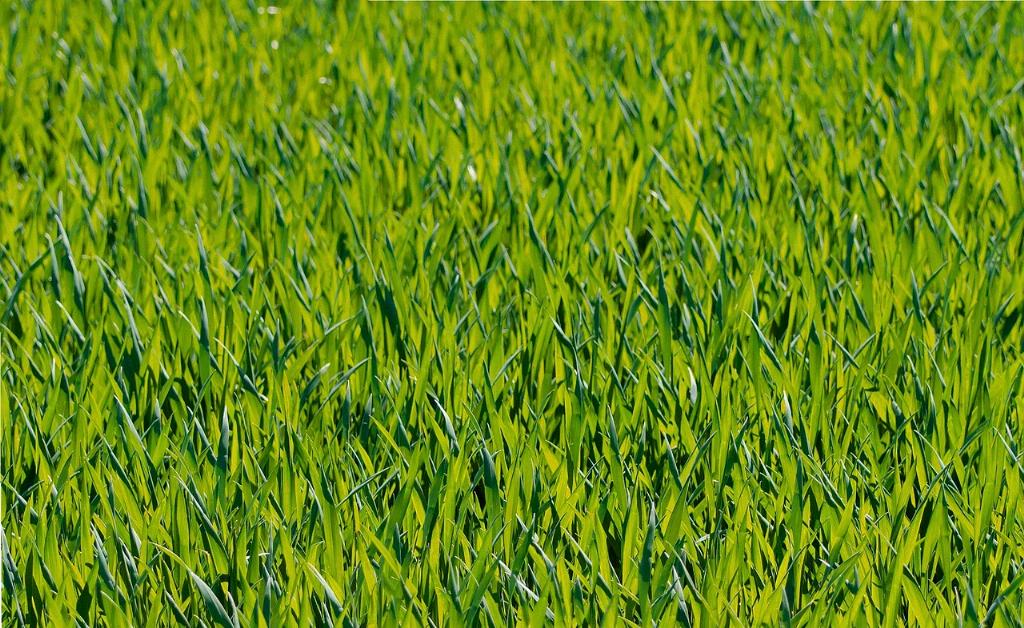Dealing with lawn fungus can be a frustrating and challenging task for many homeowners. However, it’s essential to tackle the issue promptly to prevent further damage to your lawn. In this article, we’ll explore some effective methods and natural solutions to help you combat lawn fungus and restore your garden to its former glory.
Identifying Lawn Fungus
Before diving into treatment options, it’s crucial to correctly identify the type of fungus affecting your lawn. Common signs of lawn fungus include discolored patches, circular rings, powdery mildew, or unusual growth patterns in your grass. Once you’ve identified the fungus, you can choose the most suitable treatment method.
Effective Methods for Treating Lawn Fungus
One of the most effective methods for treating lawn fungus is using baking soda. Baking soda creates an alkaline environment that helps to kill the fungus without harming your grass. You can either spread baking soda manually over the affected areas or mix it with water for a more comprehensive application.
Utilizing Natural Solutions
In addition to baking soda, natural solutions like dish soap can also help combat lawn fungus. Dish soap acts as a natural fungicide, disrupting the cell membranes of the fungus and preventing further spread. Mixing dish soap with water and applying it to your lawn can help control the fungus effectively.
Aerating and Watering
Proper lawn care practices like aerating and watering can also aid in preventing and treating lawn fungus. Aerating your lawn helps improve air circulation and reduces moisture buildup, creating unfavorable conditions for fungal growth. Additionally, watering your lawn in the morning can help prevent excess moisture, which is essential for fungal development.
Practicing Good Lawn Maintenance
Maintaining a healthy lawn through proper mowing, fertilizing, and overseeding can help prevent fungal infections. A well-maintained lawn is more resilient to diseases, including fungus, and can recover more quickly from any damage.
Using Fungicides
If natural remedies are not providing the desired results, you may consider using fungicides to treat lawn fungus. There are various chemical fungicides available in the market that can effectively control and eliminate fungal infections. However, it’s essential to follow the manufacturer’s instructions carefully when using fungicides.
Seeking Professional Assistance
If you’re struggling to control lawn fungus despite trying various methods, seeking professional assistance from a lawn care expert or agronomist may be beneficial. They can assess the severity of the fungal infection and recommend tailored treatment options to address the issue effectively.
Preventing Future Fungal Infections
Once you’ve successfully treated lawn fungus, it’s crucial to take preventive measures to avoid future infections. Regularly inspecting your lawn for signs of fungal growth, practicing good lawn care habits, and maintaining proper soil drainage can help minimize the risk of fungal outbreaks.

Conclusion
Treating lawn fungus requires a proactive approach, proper identification, and the use of effective treatment methods. By incorporating natural solutions, good lawn maintenance practices, and seeking professional advice when needed, you can successfully combat lawn fungus and promote a healthy, vibrant lawn.
